Coffee lovers, take note: if you think Brazil or Colombia are the kings of coffee, you might want to rethink your next brew. From the misty mountains of Ethiopia to the lush hills of Panama, a world of beans is waiting to redefine your morning ritual. These countries aren’t just about caffeine jolts; they’re crafting bright, floral, chocolatey, and complex cups that leave instant coffee in the dust. Experts have tasted and ranked, and the results are surprising, showcasing nations that elevate coffee to an art form. Ready to sip your way through the world’s best-tasting coffee, cup by cup?
1. Ethiopia: The Ancient Birthplace of Coffee
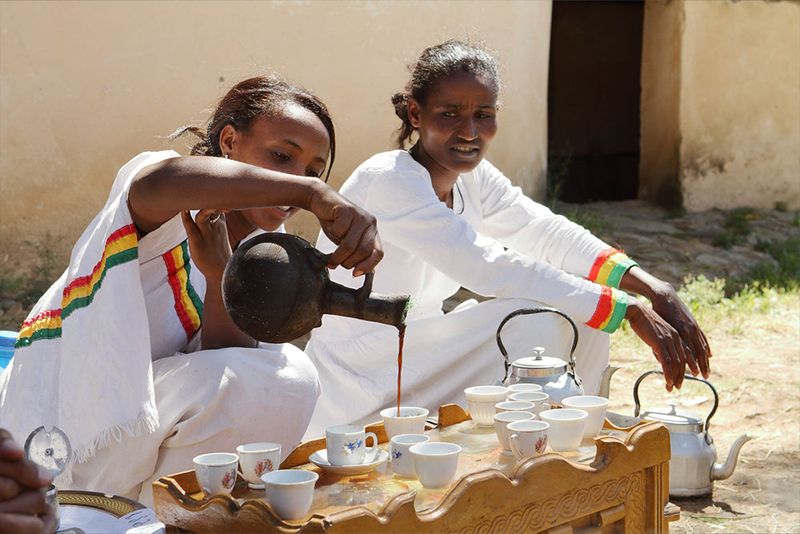
Walking through Ethiopia’s misty highlands, you can almost feel the centuries of coffee heritage in the air. As the birthplace of coffee, this East African nation produces beans with bright, floral notes and fruity undertones that dance on your tongue.
Regions like Yirgacheffe and Sidama are legendary among coffee experts. Their beans deliver complex acidity and layered flavors that consistently earn top marks in global competitions.
Ethiopian farmers still harvest many coffee cherries from wild-growing plants, creating unique flavor profiles impossible to replicate elsewhere. This connection to coffee’s origins gives Ethiopian beans an authenticity that coffee lovers treasure.
2. Kenya: Vibrant Acidity in Every Sip
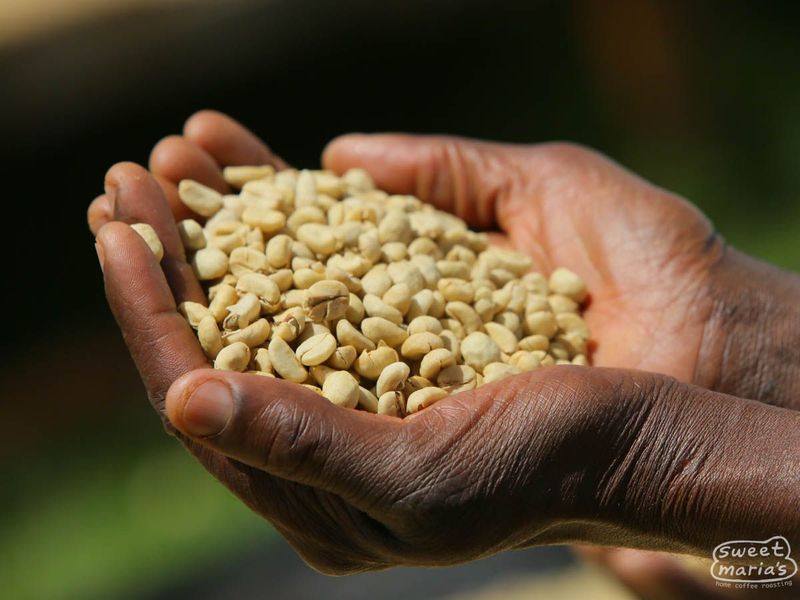
Kenyan coffee bursts with personality – bold, bright, and impossible to forget. The country’s high-altitude farms and strict quality control system produce beans with a distinctive wine-like profile that coffee judges adore.
What makes Kenyan coffee special is its juicy body combined with berry-like sweetness. The clean, crisp finish leaves you wanting more, creating an experience similar to enjoying fine wine.
Most Kenyan coffee comes from small family farms growing SL-28 and SL-34 varieties. These special beans, combined with Kenya’s unique washing process, create that signature blackcurrant snap that makes the country’s coffee instantly recognizable to experts.
3. Panama: Home of the Legendary Geisha
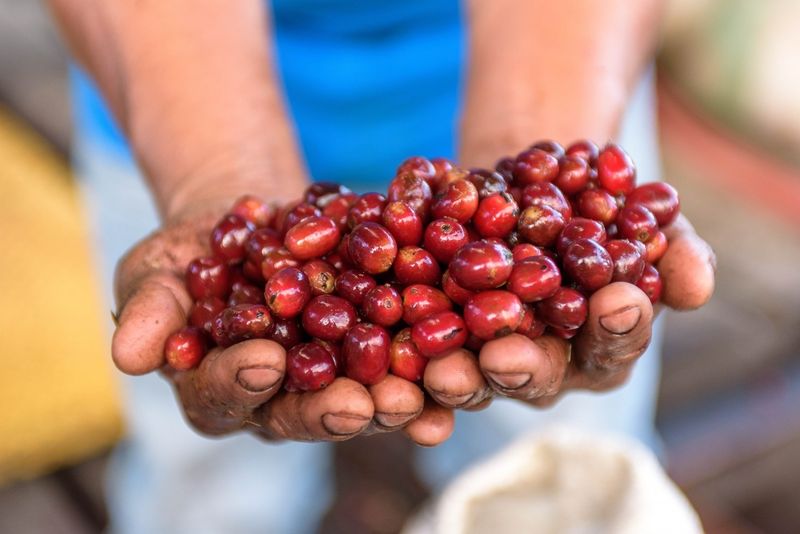
Hidden in Panama’s misty Boquete highlands grows what many consider coffee’s crown jewel. The country rocketed to coffee fame when its Geisha variety broke auction records, selling for over $1,000 per pound!
Panama’s perfect microclimate creates beans with jasmine-like aromas and tropical fruit notes. The silky mouthfeel makes each cup feel luxurious, explaining why coffee hunters pay premium prices for these rare beans.
Family farms like La Esmeralda pioneered Panama’s coffee revolution by focusing on quality over quantity. Their dedication transformed Panama from a coffee footnote into a destination producing some of the world’s most sought-after beans.
4. Colombia: Mountain-Grown Excellence
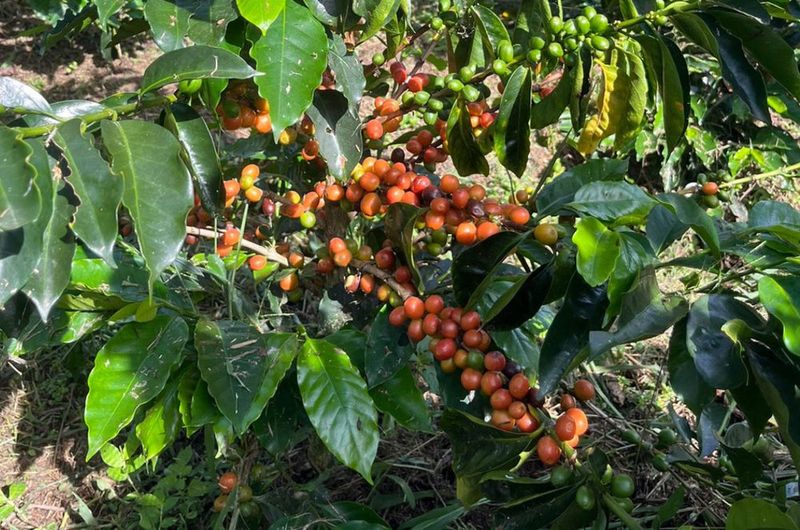
Beyond Juan Valdez and his donkey lies Colombia’s true coffee story – one of exceptional quality and remarkable consistency. The country’s beans offer perfect balance with bright acidity, caramel sweetness, and citrusy brightness that coffee lovers crave.
Regions like Huila and Nariño produce standout coffees thanks to their volcanic soil and ideal growing conditions. Colombia’s coffee farmers take tremendous pride in their work, often caring for the same land their grandparents farmed.
The Colombian Coffee Federation’s quality standards ensure only the best beans earn the country’s stamp of approval. This commitment to excellence explains why Colombia remains a powerhouse in both quantity and quality.
5. El Salvador: Volcanic Soil’s Sweet Gift
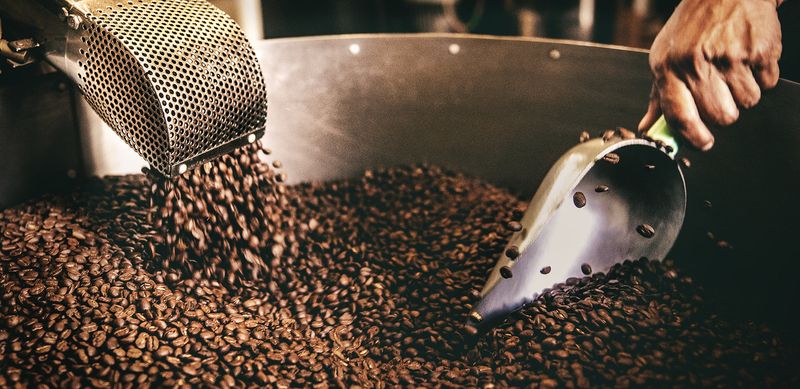
El Salvador packs remarkable flavor into a small geographical footprint. The country’s coffee thrives in volcanic soil, creating cups with gentle acidity and pronounced honey sweetness that coffee experts treasure.
Red fruit notes dominate El Salvador’s flavor profile. Farmers here specialize in varieties like Bourbon and Pacamara, often processing beans using honey or natural methods that amplify their natural sweetness.
Family farms dominate El Salvador’s coffee landscape, with many producers focusing on micro-lots that showcase their land’s unique characteristics. Despite facing challenges from leaf rust disease, El Salvador’s dedicated farmers continue producing exceptional beans that shine in specialty coffee shops worldwide.
6. Costa Rica: Meticulous Processing Mastery
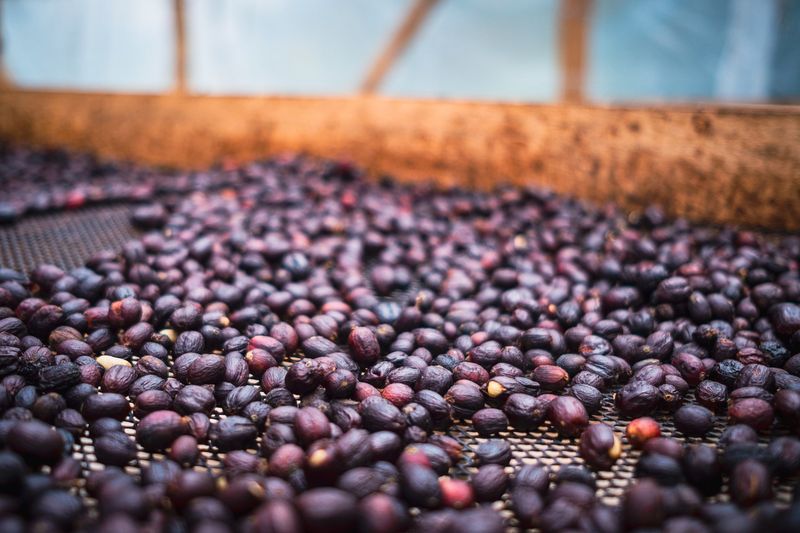
Costa Rican coffee farmers approach their craft with scientific precision. Their dedication to clean processing methods results in cups with crisp acidity and remarkable clarity that showcase the bean’s natural qualities.
The country’s Tarrazú and West Valley regions produce standout coffees featuring floral aromatics, citrus brightness, and chocolate undertones. Costa Rica pioneered the honey processing method, creating unique flavor profiles that highlight the bean’s natural sweetness. Environmental sustainability drives Costa Rica’s coffee industry.
The country banned lower-quality robusta production in 1989, focusing exclusively on arabica beans. This commitment to quality over quantity makes Costa Rican coffee a benchmark for excellence in the specialty coffee world.
7. Indonesia: Earthy Richness from Island Soils

Indonesia’s volcanic archipelago creates coffee with character unlike anywhere else. Sumatra’s beans showcase earthy, spicy profiles with herbal undertones that stand out boldly in any coffee lineup.
The country’s traditional wet-hulling process called “Giling Basah” contributes to Indonesian coffee’s signature heavy body and low acidity. This unique processing method, developed to adapt to the humid climate, creates distinctive flavors that polarize coffee drinkers – some worship the earthy depth while others prefer cleaner profiles.
Beyond Sumatra, regions like Sulawesi and Java offer their own special characteristics. Coffee from these islands provides the backbone for many beloved espresso blends worldwide, adding complexity and body that other origins cannot match.
8. Thailand: The Rising Star of Asian Coffee
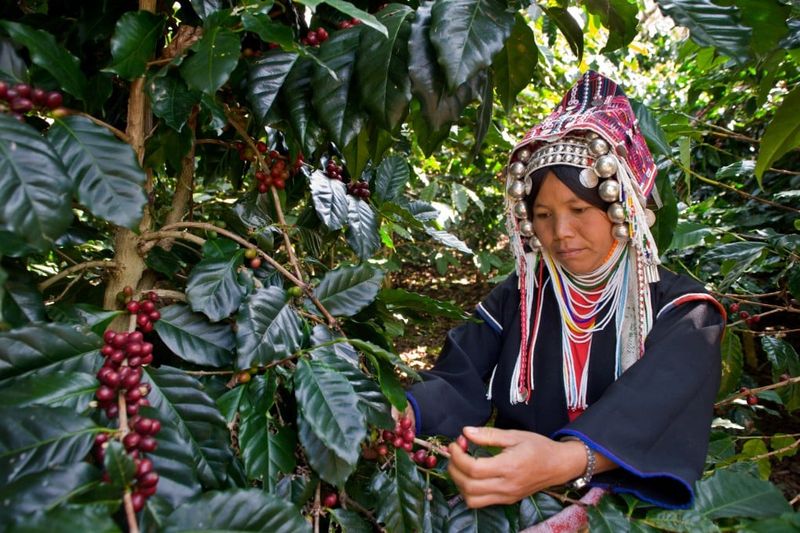
Thailand’s coffee scene has transformed from obscurity to excellence in just a few decades. The country’s northern highlands produce beans with nutty, chocolate-forward profiles that surprise first-time tasters with their smoothness and quality.
Royal agricultural projects helped establish Thailand’s coffee industry, replacing opium production with coffee farming. This transformation has created sustainable livelihoods while producing increasingly impressive beans.
Thai farmers focus on careful processing, often experimenting with methods like honey and natural processing to highlight their beans’ natural sweetness. The country’s relatively new status in specialty coffee means Thailand continues to innovate, with each harvest showing improvements that coffee experts are taking notice of.
9. Brazil: The Volume King with Quality Surprises
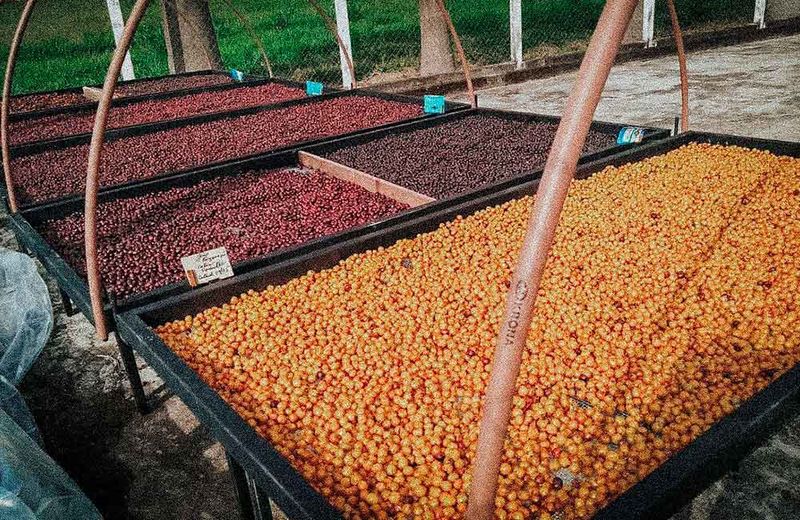
Brazil’s coffee reputation stems from quantity, but the country’s best beans deserve serious respect. As the world’s largest producer, Brazil offers incredible variety, with standout regions producing nutty, chocolatey cups with natural sweetness that comfort like an old friend.
Brazilian farmers have mastered natural processing, creating smooth, low-acid coffees perfect for espresso blends. The country’s massive production means beans vary widely in quality, but specialty producers from regions like Minas Gerais and Cerrado are challenging perceptions.
Climate challenges have pushed Brazilian farmers to innovate. New processing methods and improved farming practices are elevating quality each year, showing that this coffee giant can compete on quality while maintaining its production crown.
10. United States: Hawaii’s Volcanic Treasure

America’s coffee story centers on Hawaii’s precious Kona beans. Grown on the volcanic slopes of Mauna Loa, these rare beans develop smooth, medium-bodied profiles with bright acidity and nutty notes that command premium prices worldwide.
Kona’s unique microclimate combines afternoon cloud cover, gentle rainfall, and mineral-rich soil to create perfect growing conditions. Family farms dominate production, with many spanning several generations of careful cultivation.
Beyond Kona, Hawaii grows excellent coffee in regions like Ka’u and Puna. California and Puerto Rico have also developed small but impressive coffee industries, showing that American coffee extends beyond its Hawaiian heart while still honoring the islands’ quality leadership.
11. Taiwan: Precision-Crafted Island Gems
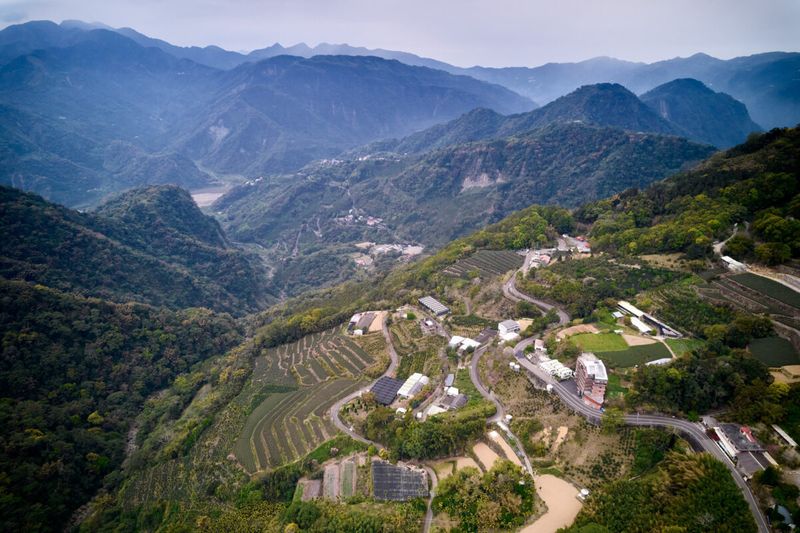
Taiwan’s coffee revolution has happened quietly but impressively. The island produces small quantities of arabica beans with floral aromas and tea-like clarity that reflect Taiwan’s meticulous approach to cultivation.
Mountain regions like Alishan and Yunlin provide ideal growing conditions. Taiwan’s farmers often come from tea-growing backgrounds, applying their precision and attention to detail to coffee production with remarkable results.
Typhoons and challenging weather make Taiwanese coffee production difficult, but these challenges create beans with distinctive character. The limited production means most Taiwanese coffee stays within the country, making these beans treasured discoveries for visitors lucky enough to experience them.
12. Guatemala: Volcanic Complexity in Every Bean
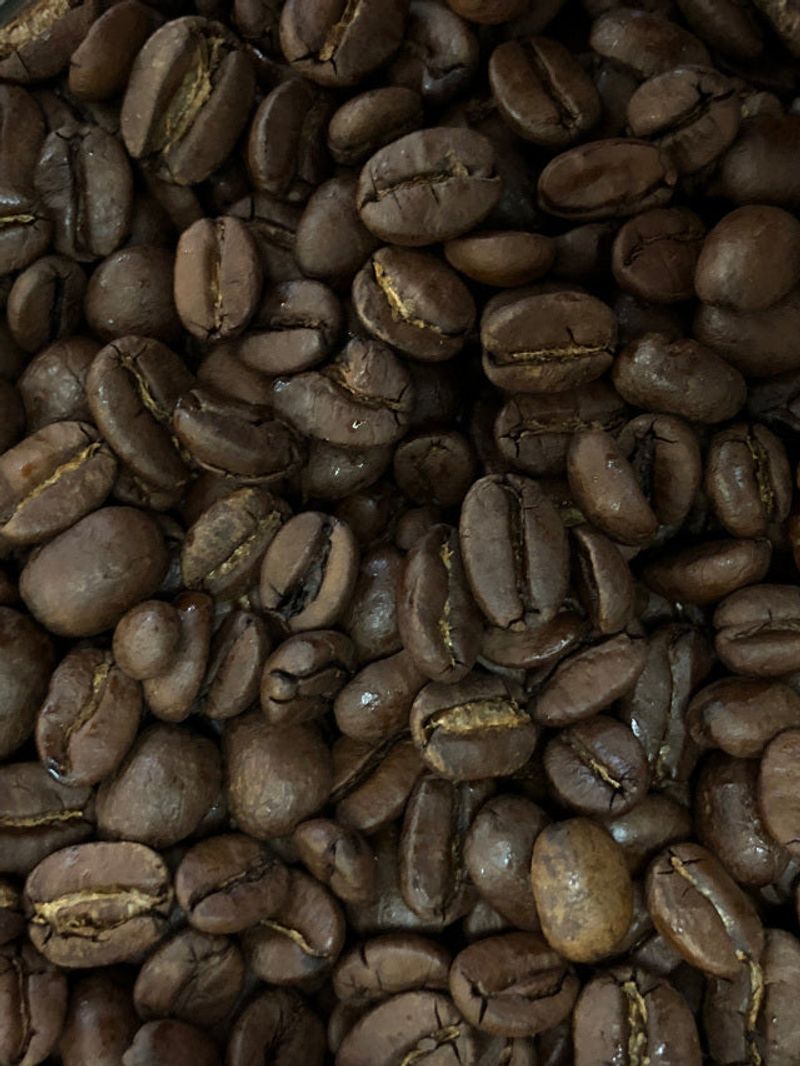
Guatemala’s diverse growing regions create a spectrum of flavor profiles that coffee lovers treasure. The country’s mountainous terrain and volcanic soil produce beans with chocolate and spice notes complemented by bright acidity and floral hints.
Regions like Antigua and Huehuetenango have earned global recognition for their exceptional beans. The eight distinct coffee-growing regions each impart unique characteristics to their beans, creating a coffee landscape as varied as Guatemala’s cultural heritage.
Many Guatemalan farmers belong to indigenous communities with centuries-old agricultural traditions. This connection to the land translates into careful cultivation practices that preserve the environment while producing some of Central America’s most complex and satisfying coffees.
13. Mexico: Smooth Sophistication from Ancient Lands
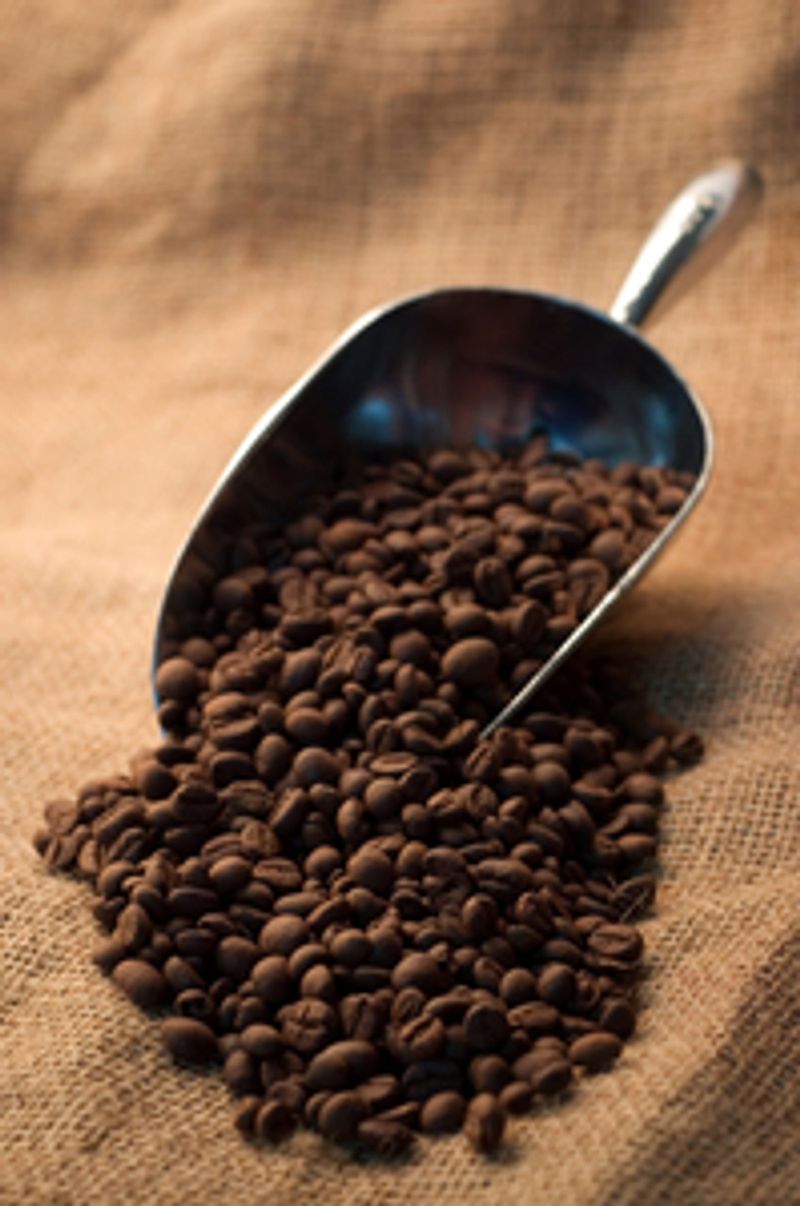
Mexican coffee offers approachable elegance with nutty, chocolaty notes and mild acidity that appeals to coffee drinkers of all types. The country’s best beans come from southern regions like Chiapas and Oaxaca, where indigenous farmers grow coffee using traditional methods.
Shade-grown cultivation dominates Mexican coffee farming. This environmentally friendly approach preserves forest canopies while creating ideal growing conditions that develop the beans’ subtle complexity.
Many Mexican coffee farms hold organic certification, avoiding chemical fertilizers and pesticides. The resulting beans showcase clean, natural flavors that reflect Mexico’s rich agricultural heritage while appealing to modern coffee lovers seeking both quality and sustainability in their daily cup.
14. Honduras: The Underdog Rising to Excellence
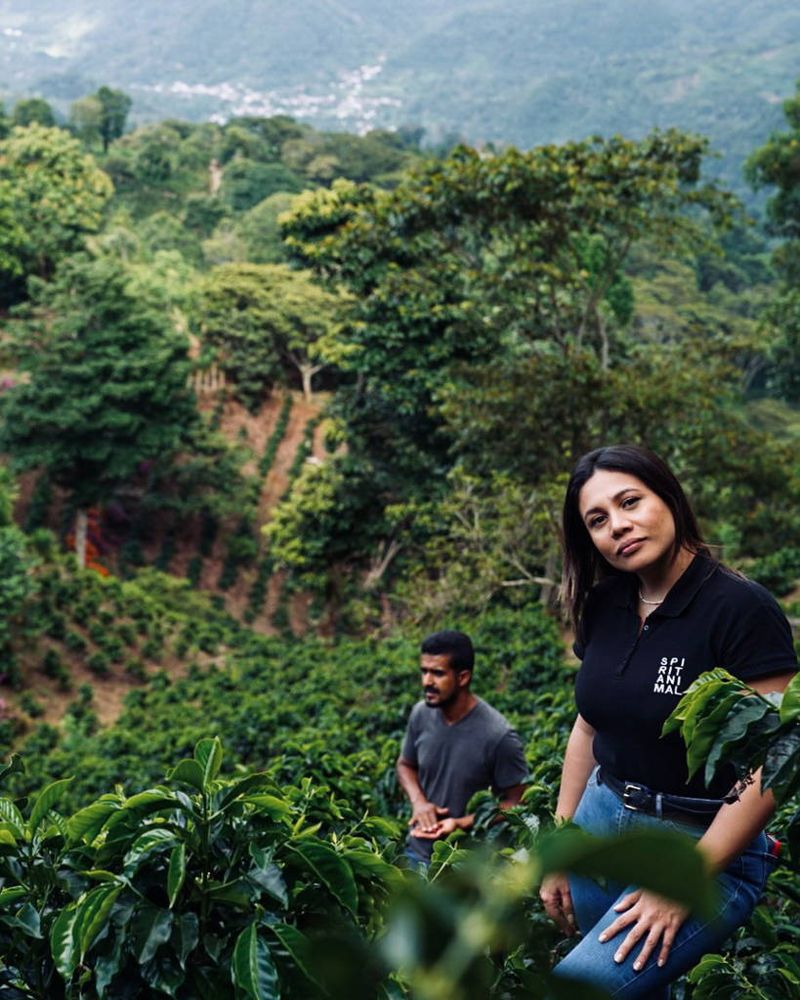
Honduras has transformed its coffee industry from commodity producer to quality contender in just a few decades. The country now offers balanced cups with mild acidity, caramel sweetness, and fruit undertones that surprise coffee experts with their complexity.
Mountainous regions like Copán and Montecillos provide perfect growing conditions. Honduras has invested heavily in improving processing infrastructure, allowing farmers to properly develop their beans’ natural qualities.
Women play a significant role in Honduran coffee, with many farms owned and operated by female producers. These women-led operations often focus on traceable microlots that showcase their region’s unique characteristics, helping Honduras build a reputation for quality that continues to strengthen with each harvest.
15. Nicaragua: Hidden Gem of Central America
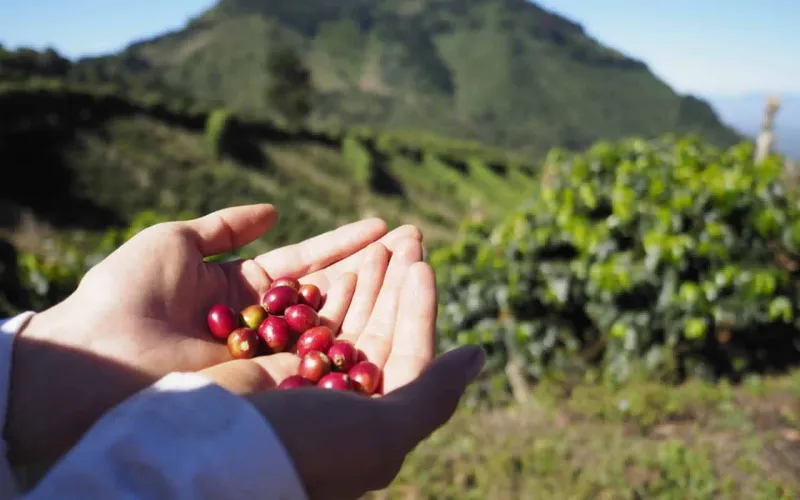
Nicaragua’s coffee flies under the radar but delivers remarkable quality. The country produces medium-bodied beans with chocolate and citrus notes balanced by moderate acidity that creates a highly drinkable cup. High-altitude regions like Jinotega and Matagalpa grow exceptional beans.
Nicaragua’s volcanic soil contributes mineral qualities that add complexity to the coffee’s flavor profile. Political challenges have sometimes disrupted Nicaragua’s coffee industry, but resilient farmers continue producing excellent beans despite these obstacles.
The country’s best coffees come from small farms focused on quality over quantity, creating micro-lots that showcase Nicaragua’s potential as a specialty coffee origin worthy of greater recognition.
16. Peru: Organic Leader with Gentle Character
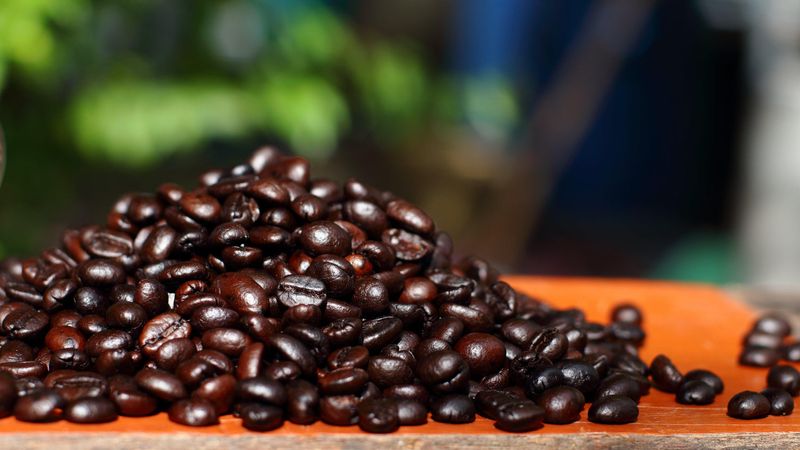
Peru’s coffee landscape reflects its commitment to organic farming and sustainability. The country produces clean, mild cups with gentle acidity, floral aromas, and subtle notes of nuts and cocoa that create an approachable but interesting experience.
Remote growing regions like Cajamarca and Cusco present challenges for farmers but create ideal conditions for quality beans. Peru leads in organic certification, with many producers farming the same way their ancestors did – naturally, without chemicals.
Fair trade relationships have strengthened Peru’s coffee communities. Cooperatives help small farmers access better markets and processing equipment, improving both quality and farmer livelihoods. This combination of social responsibility and growing expertise has established Peru as a rising star in specialty coffee.
Leave a comment